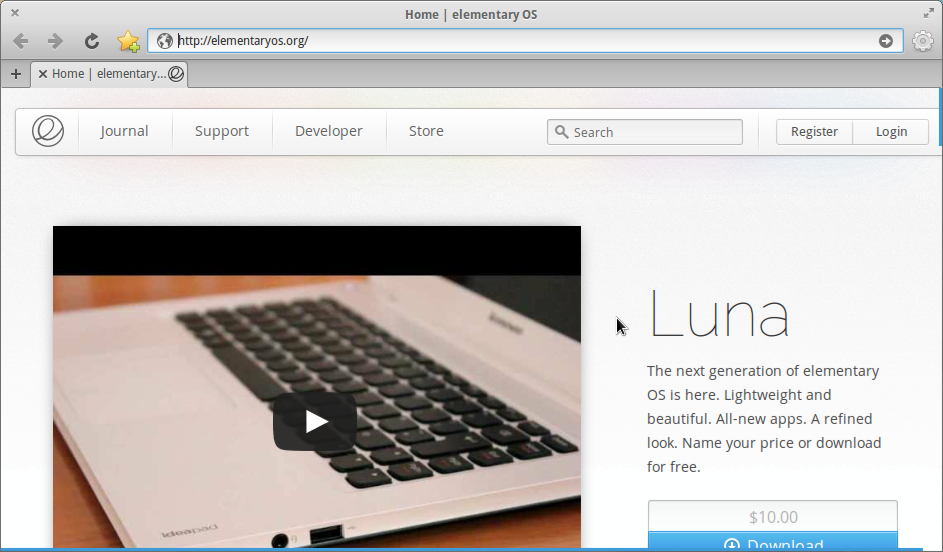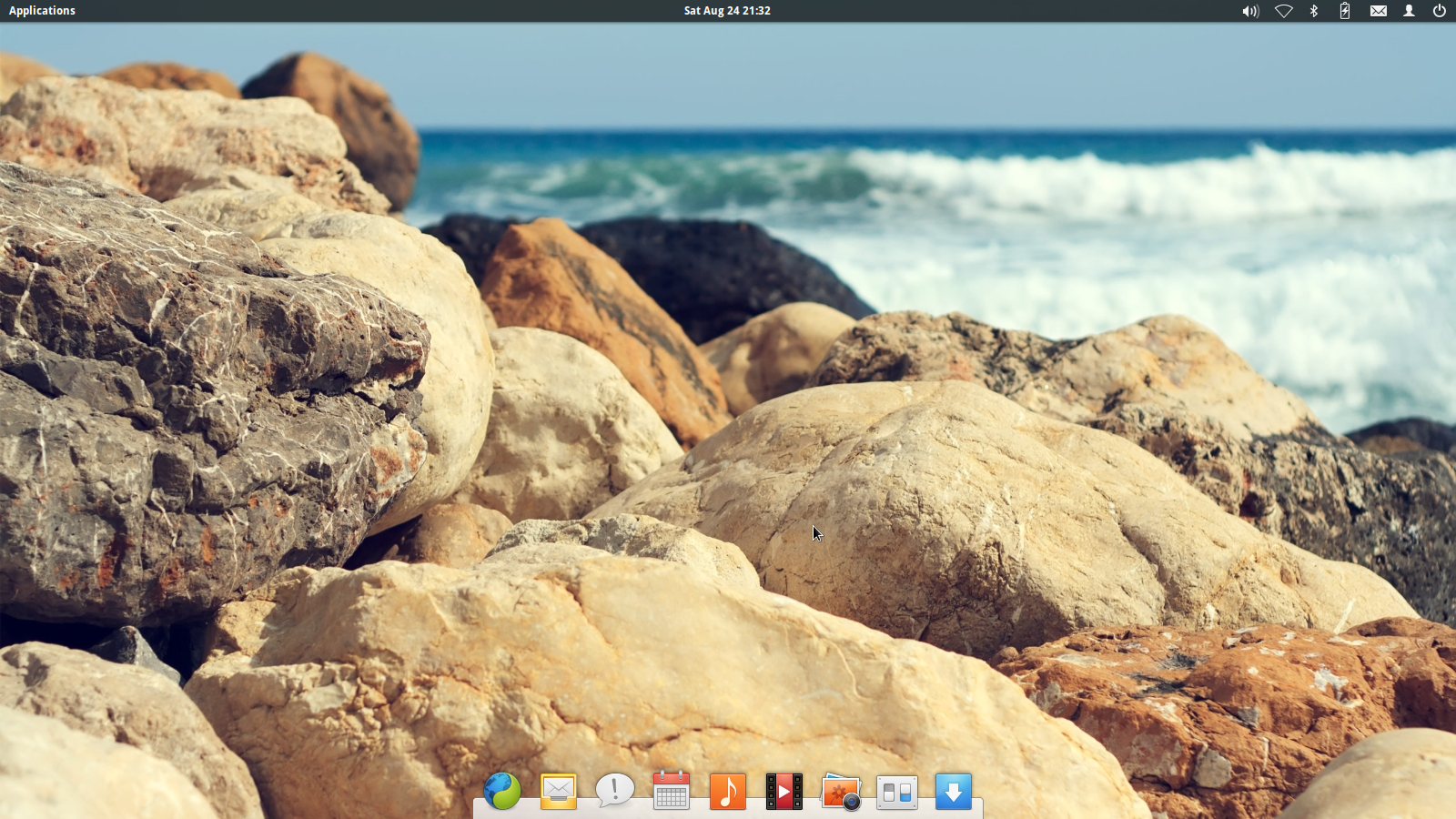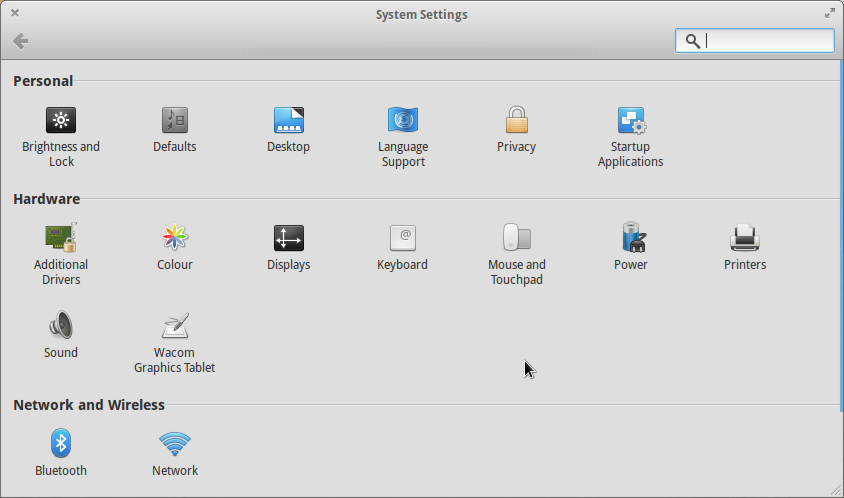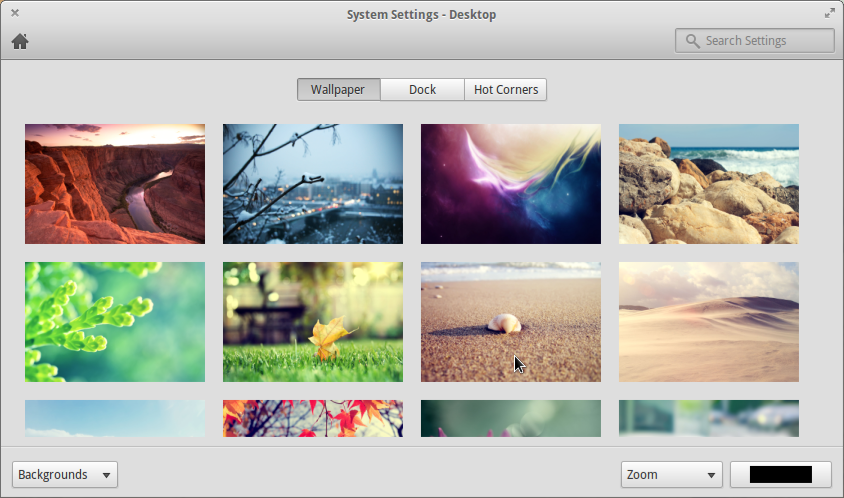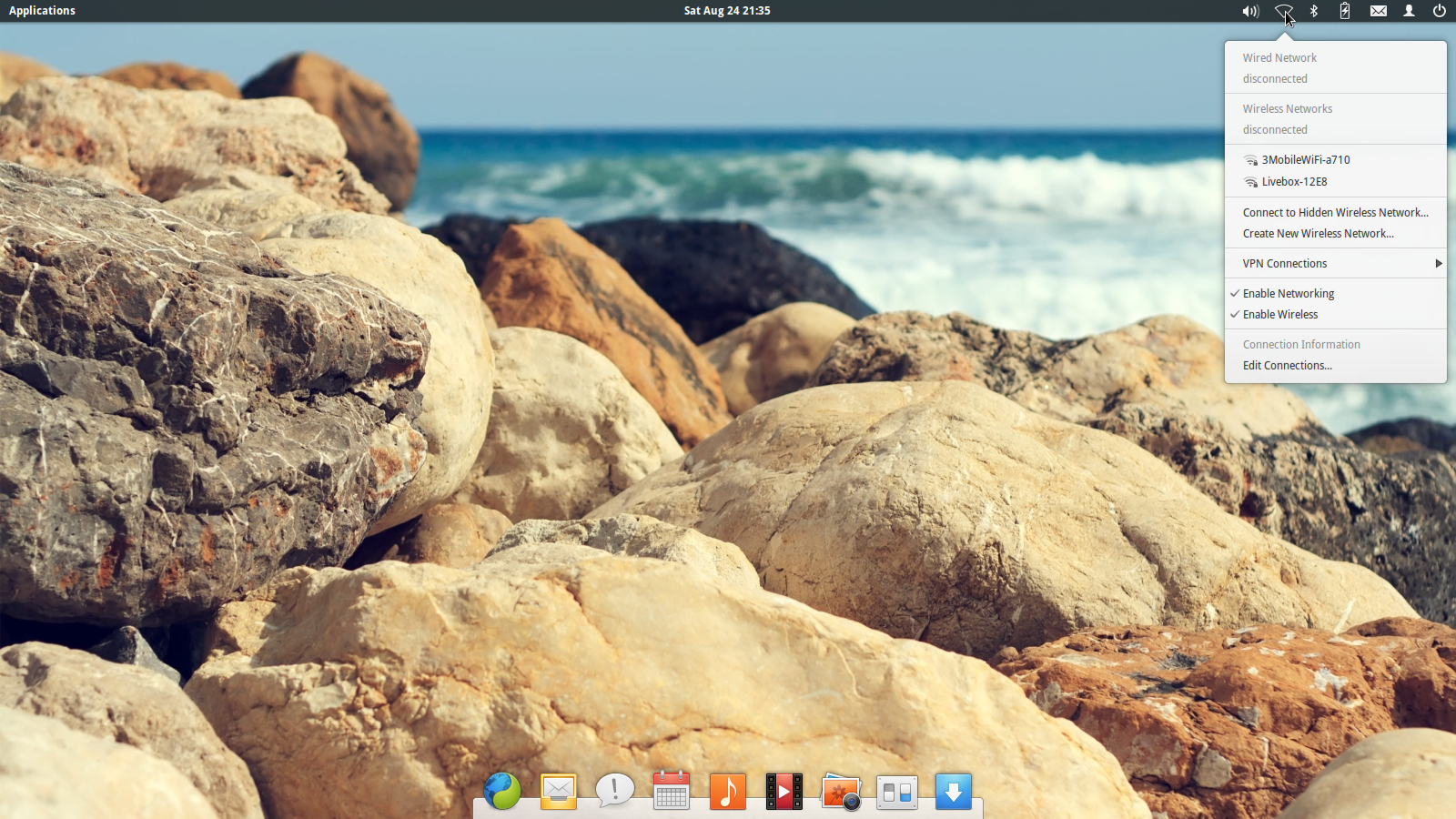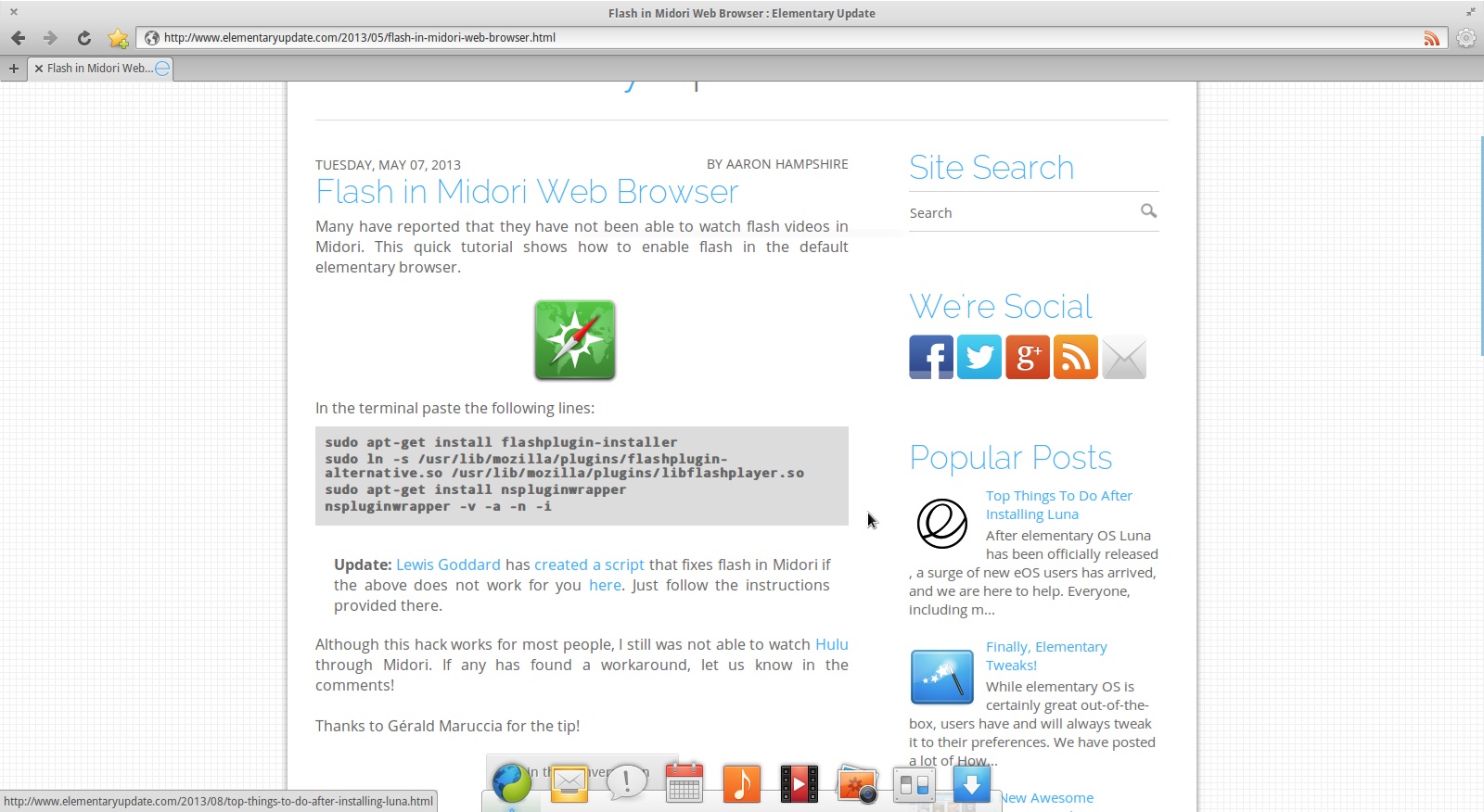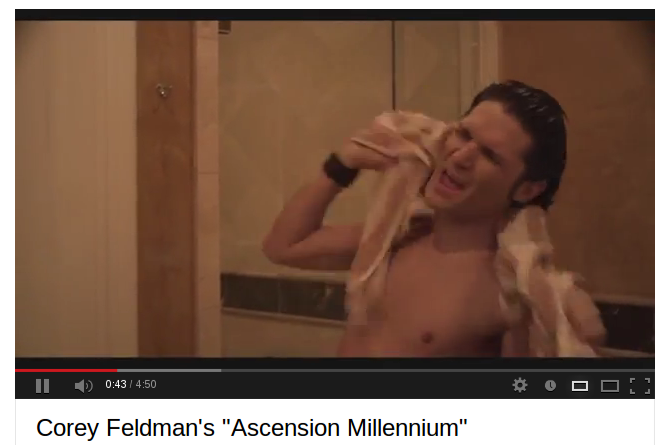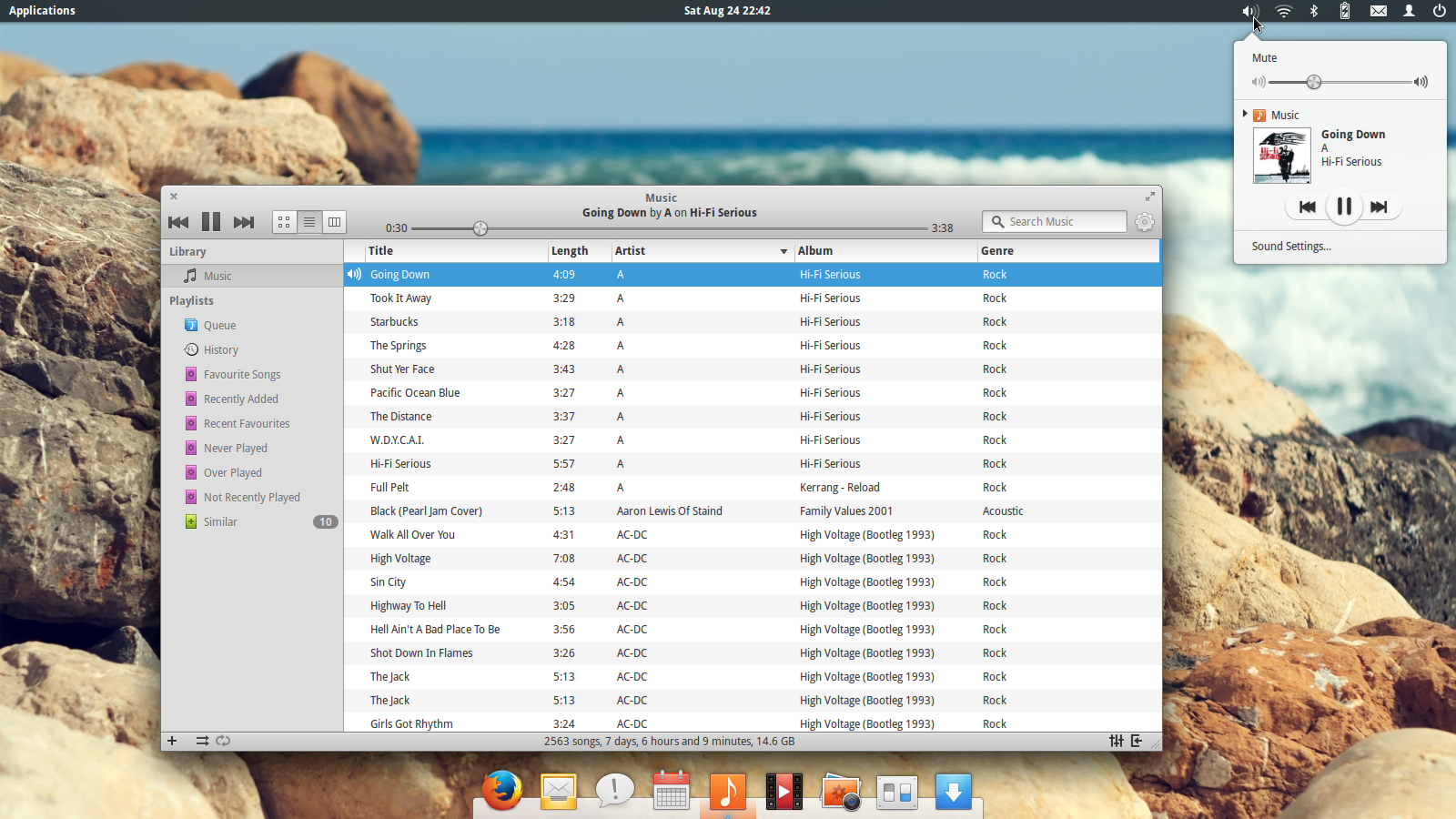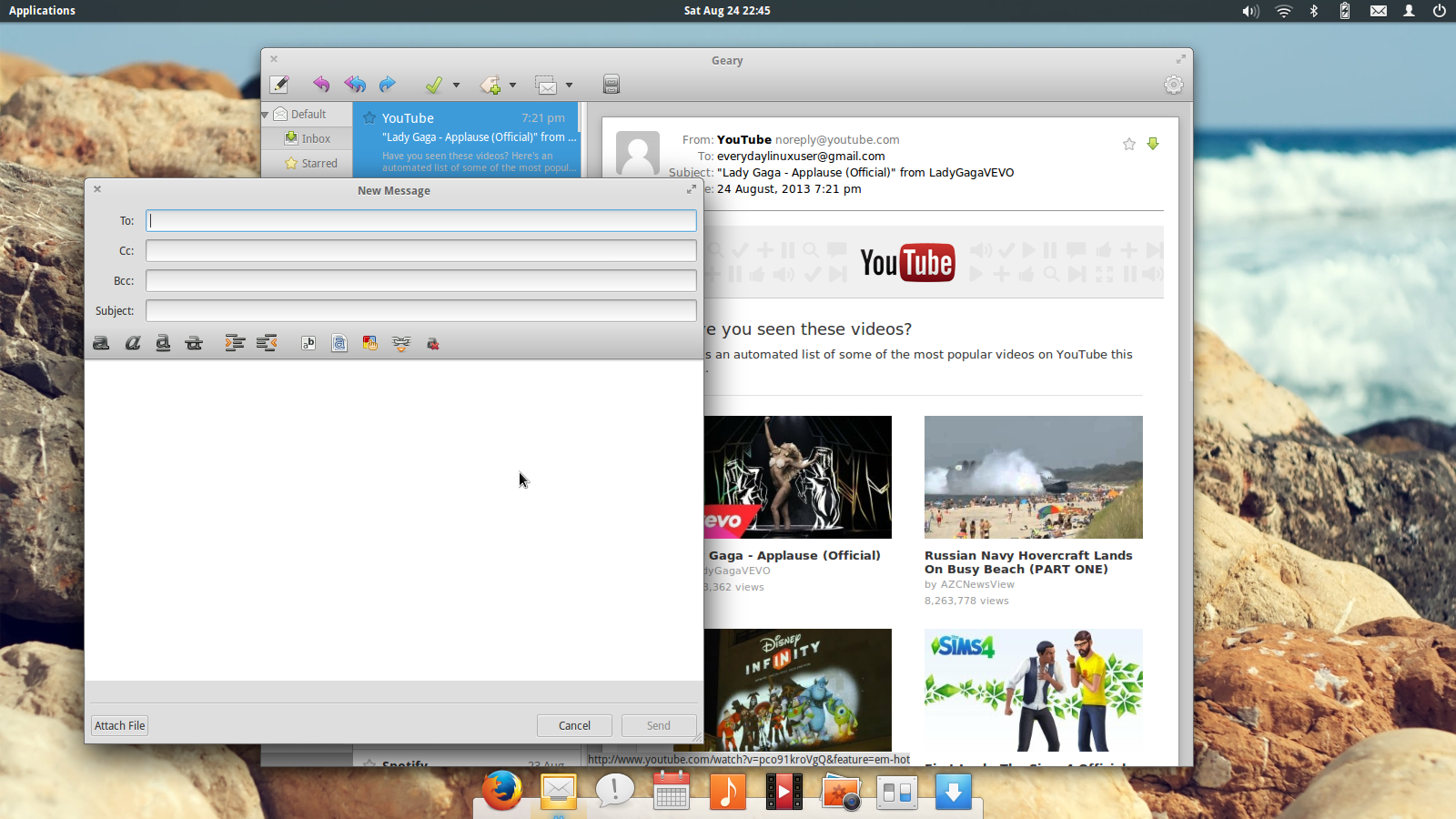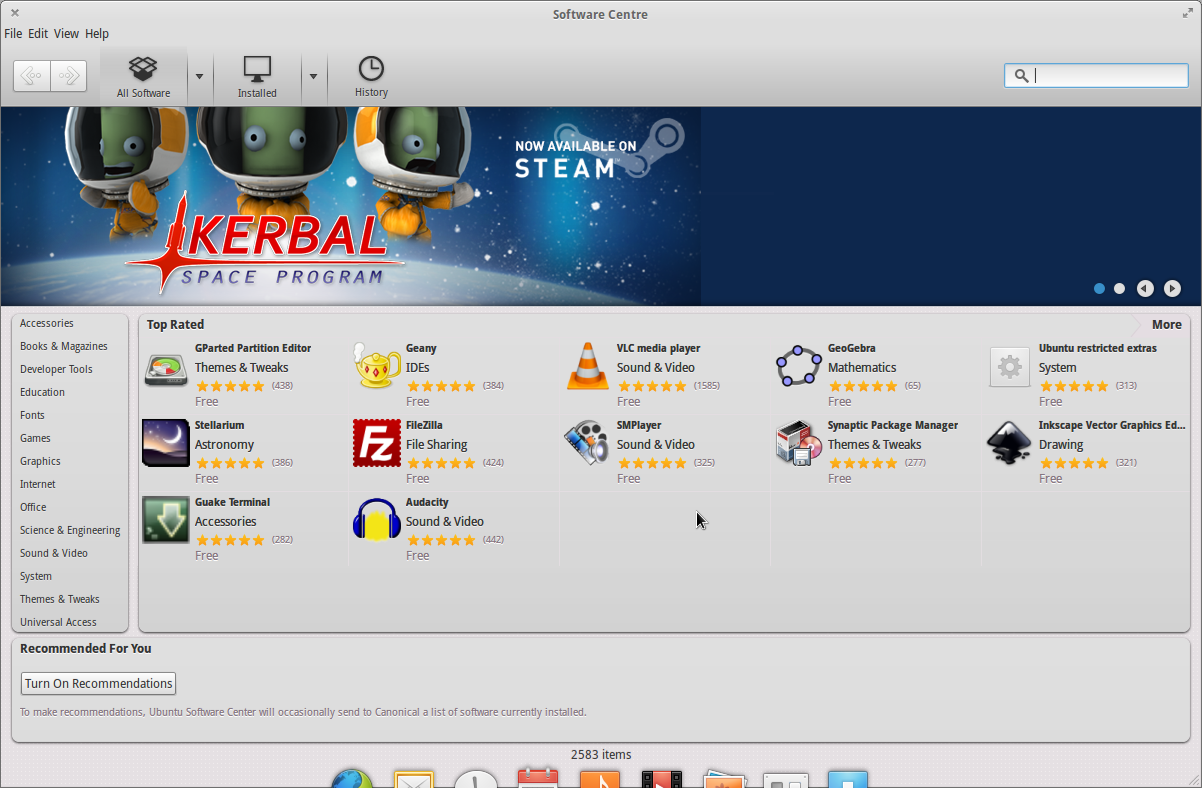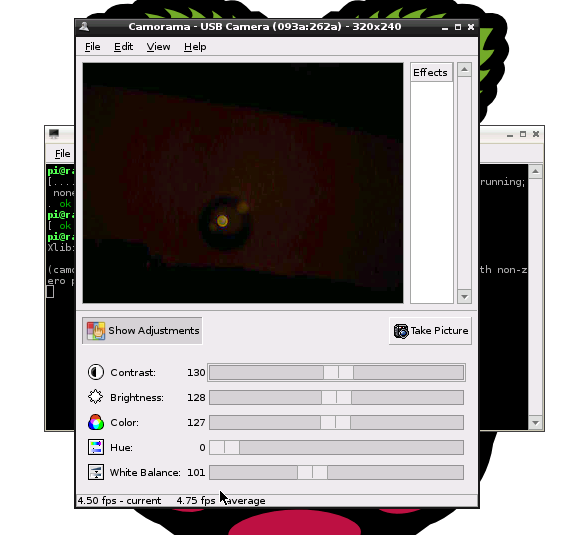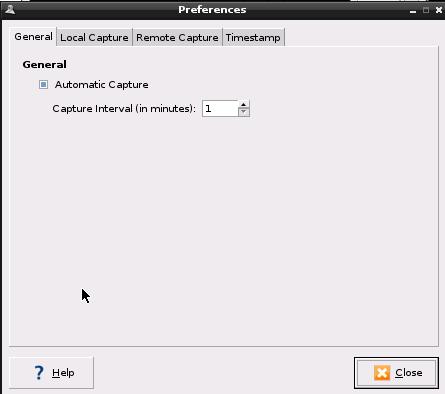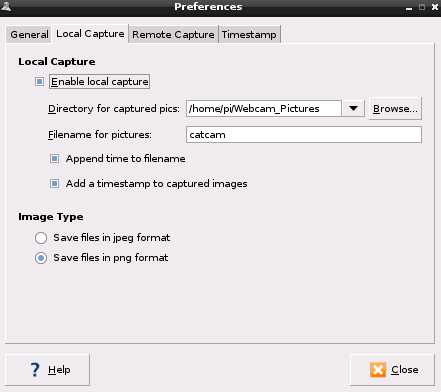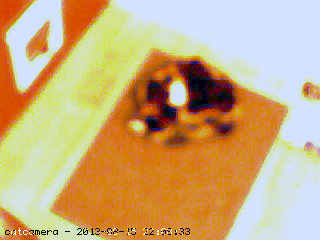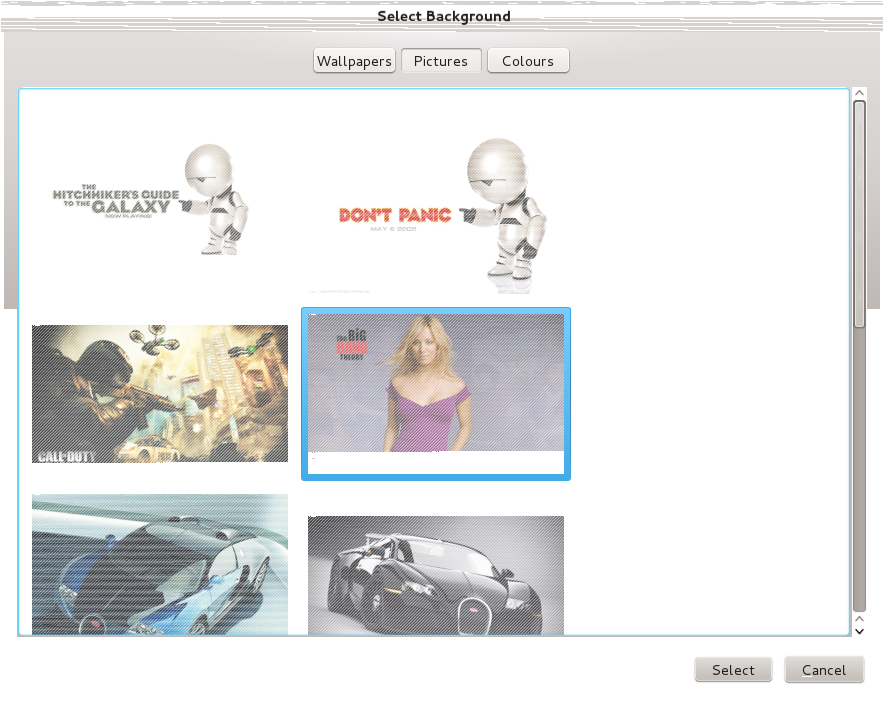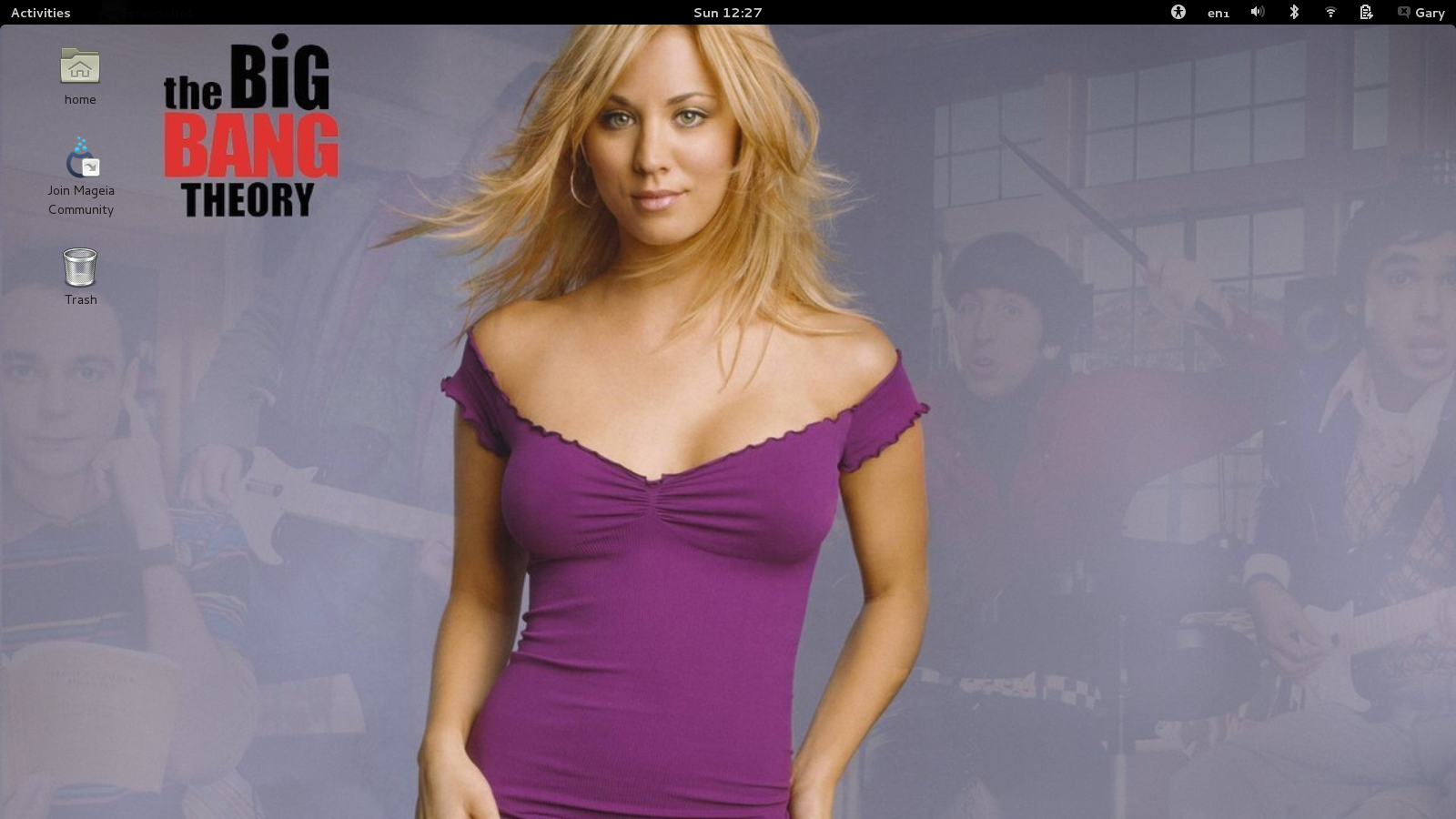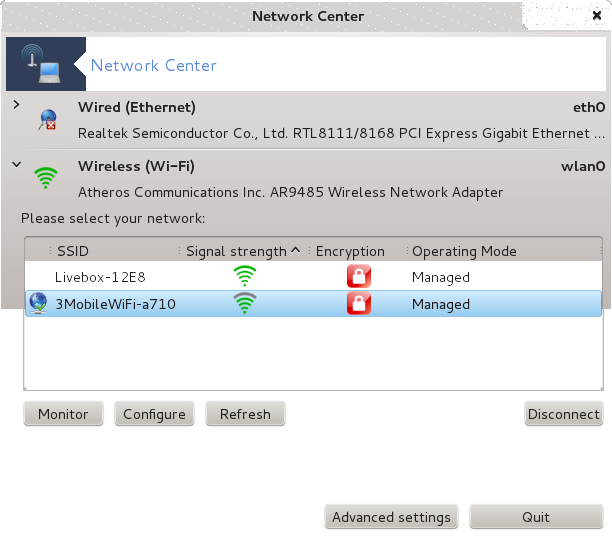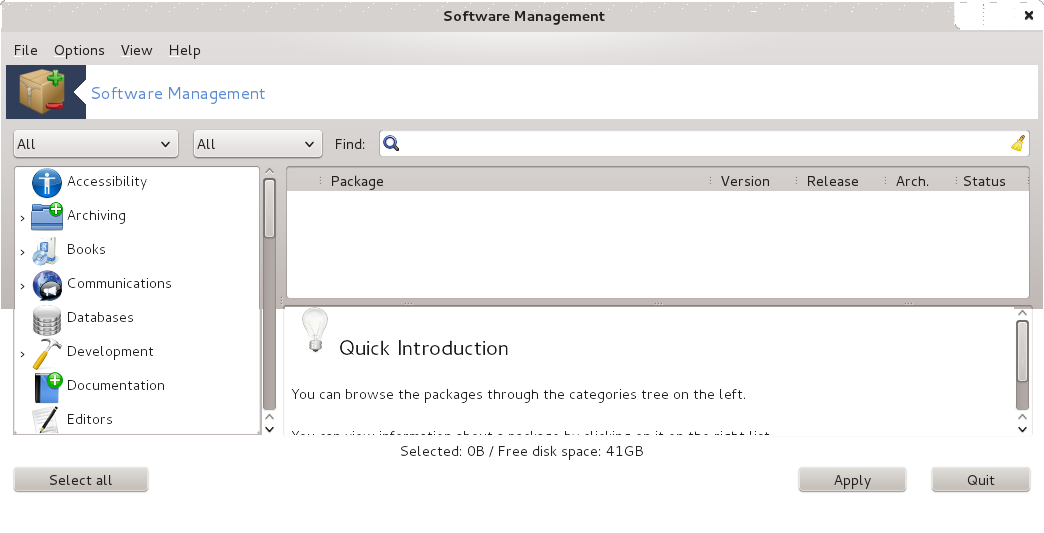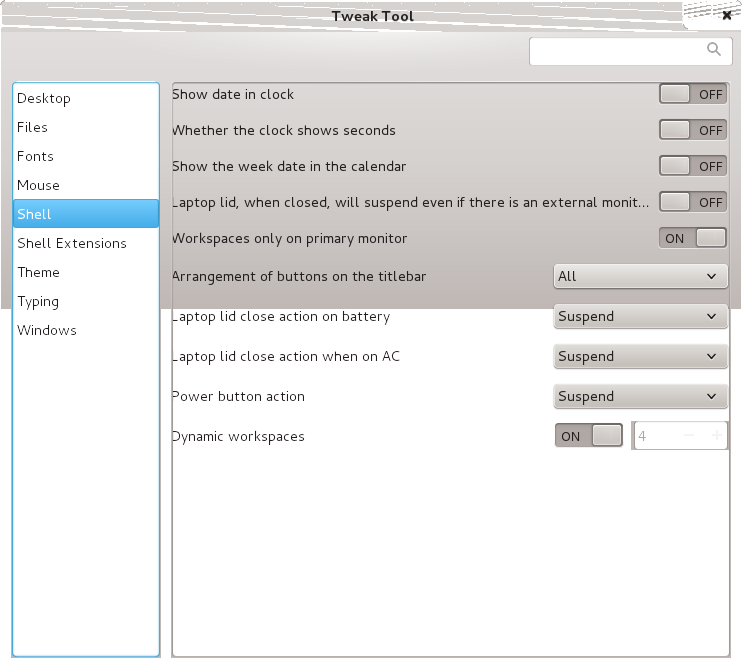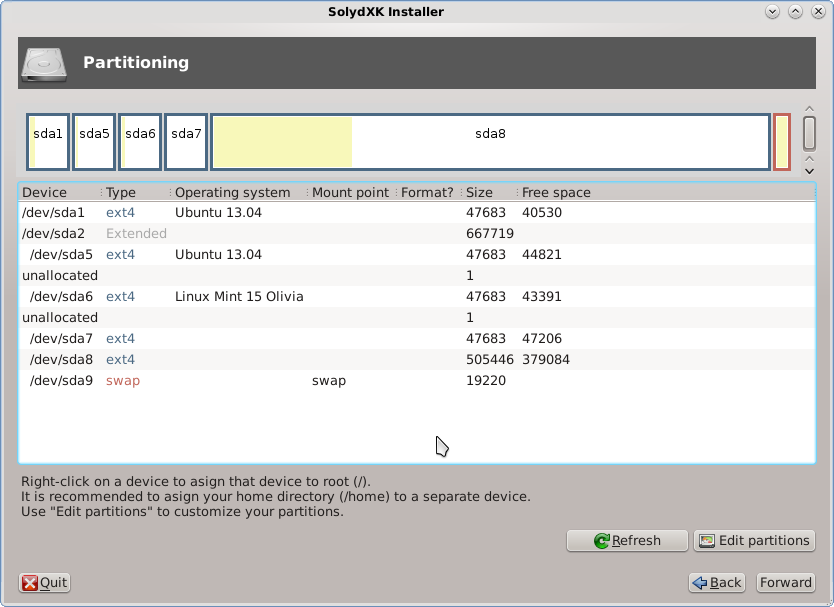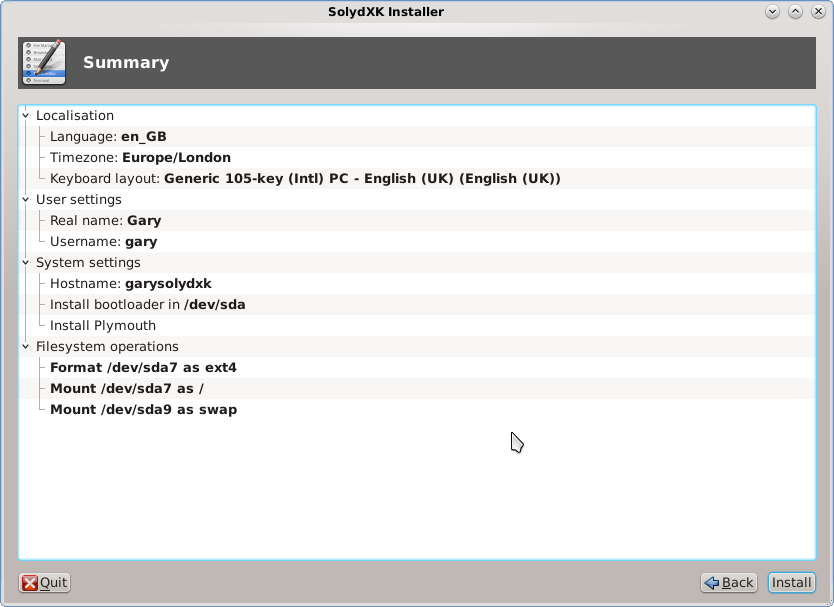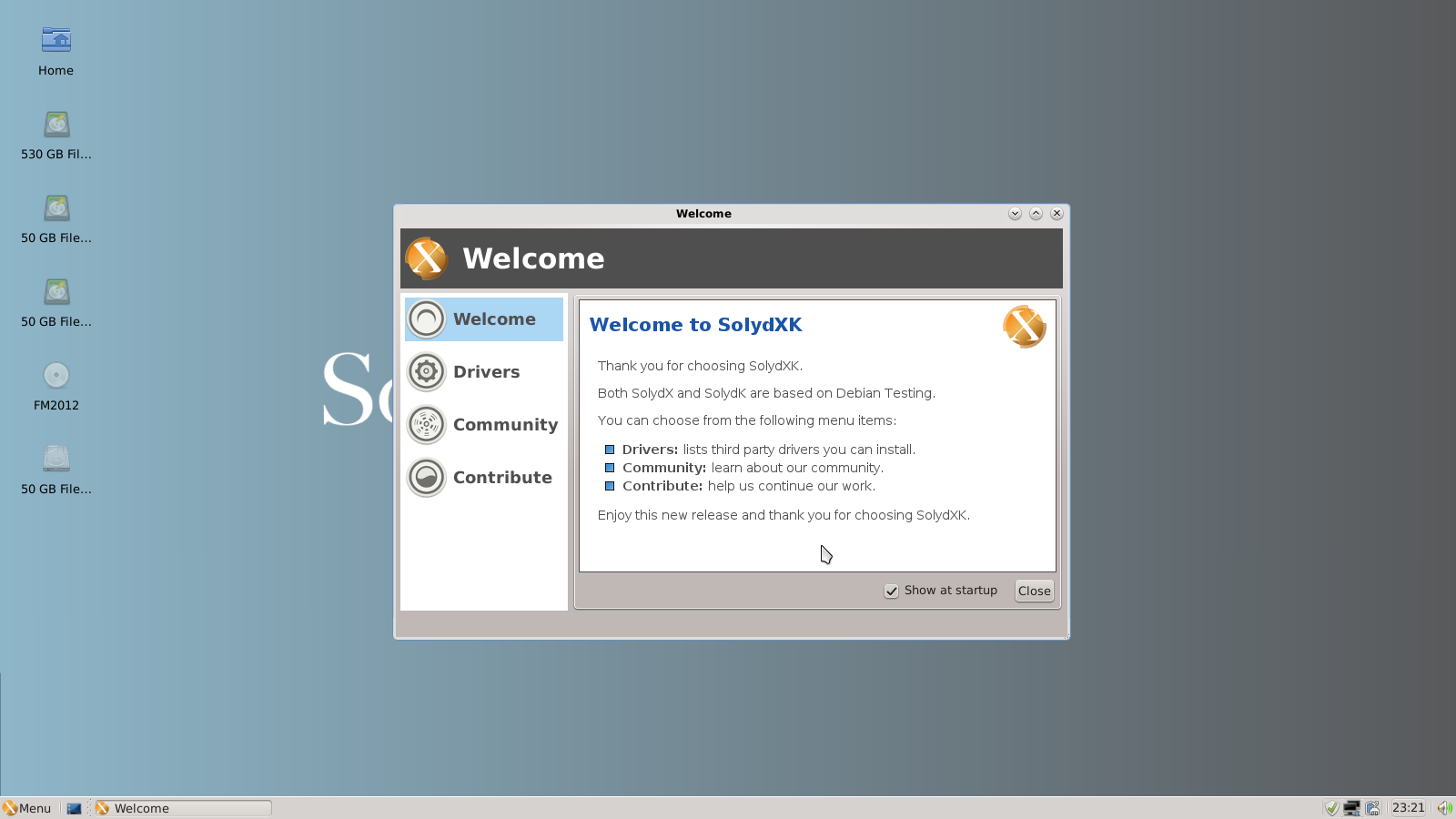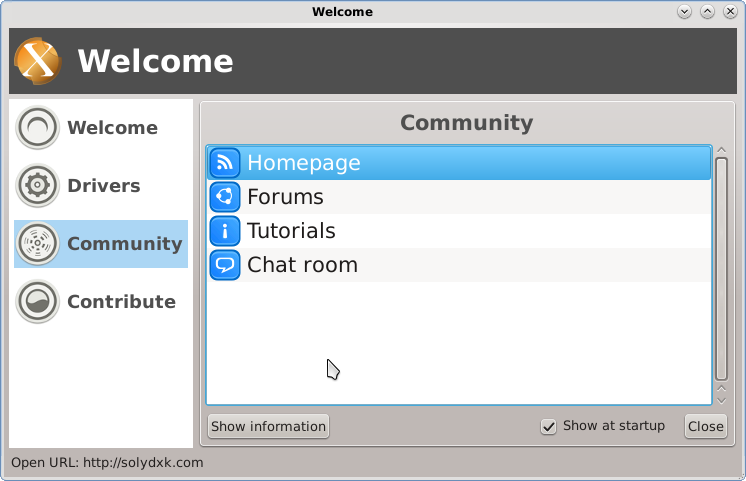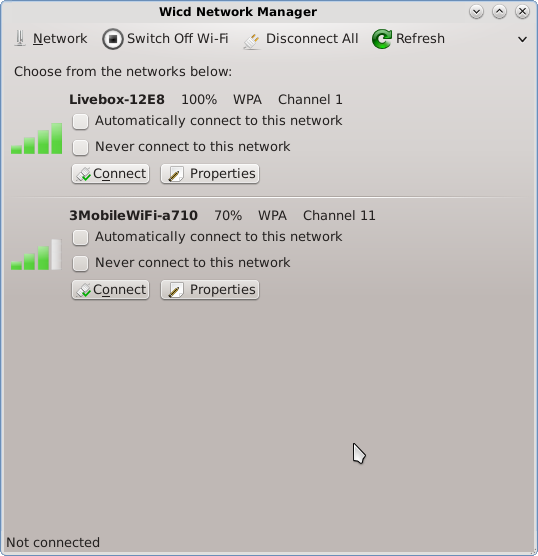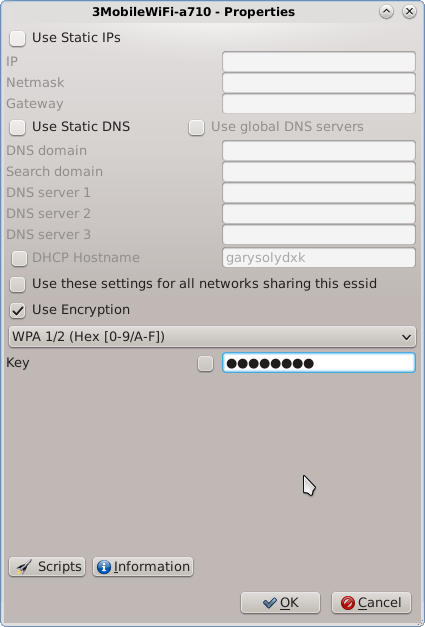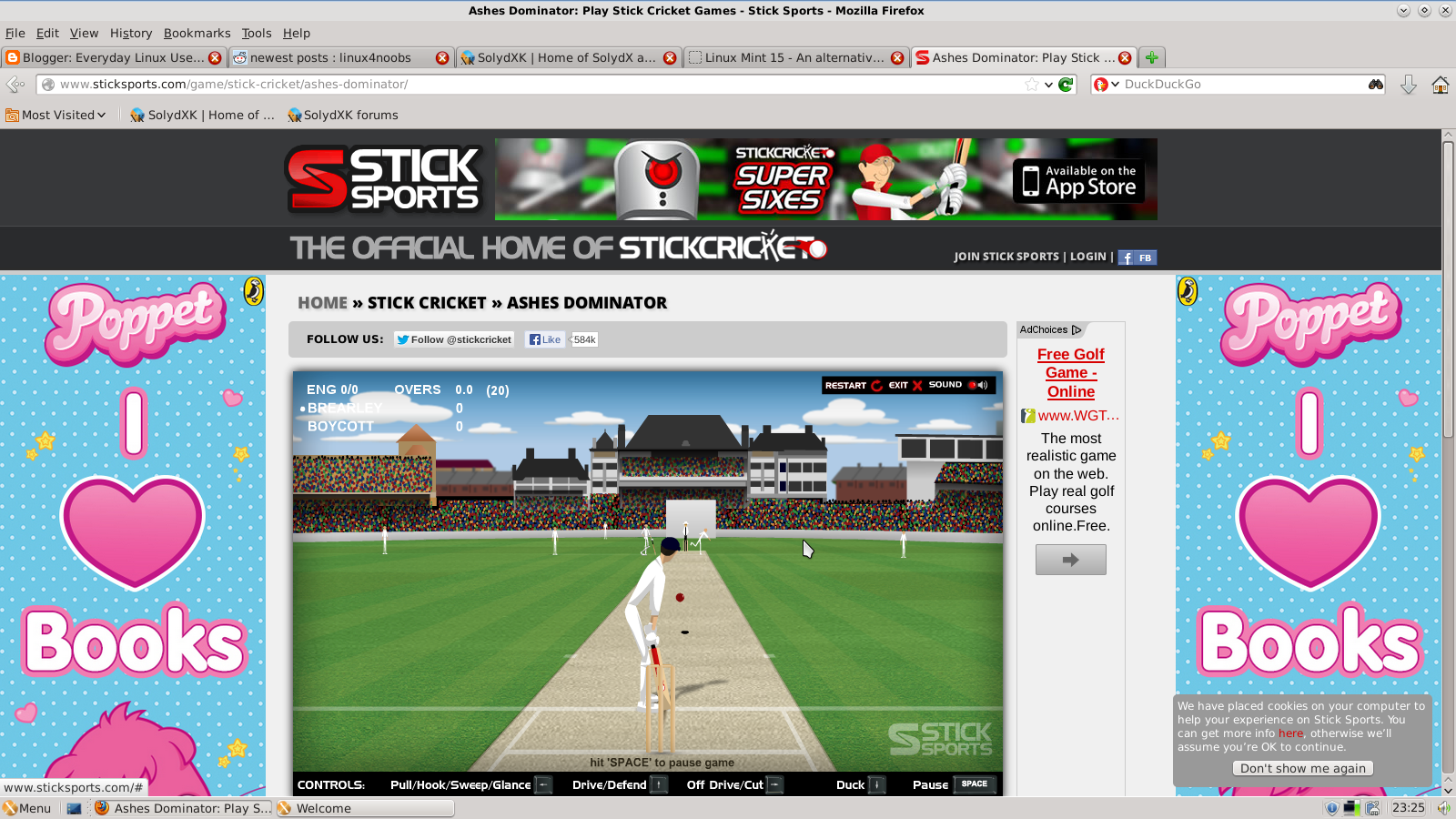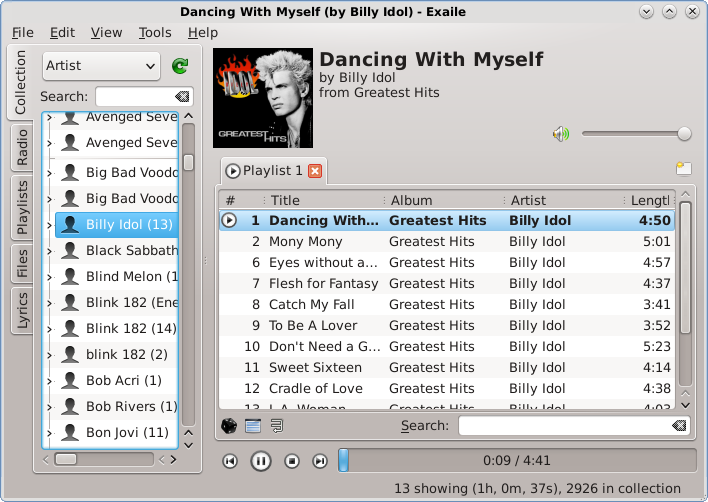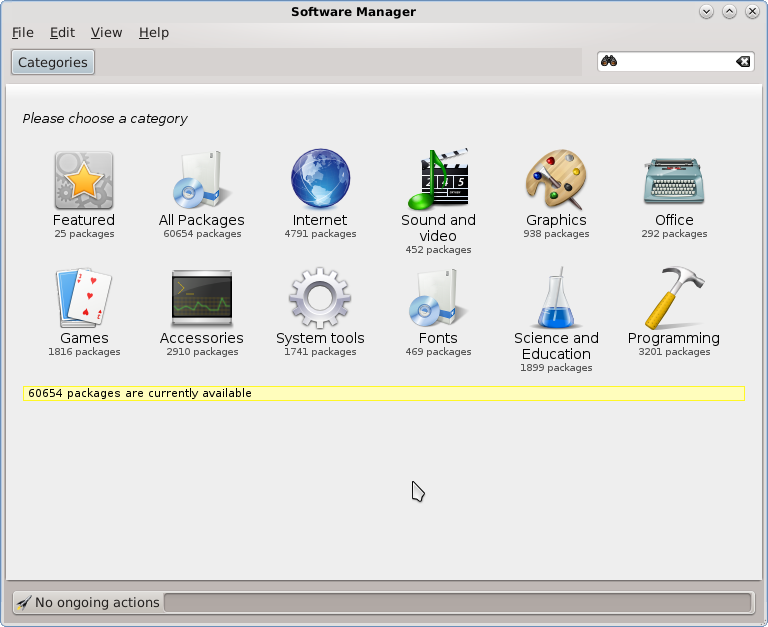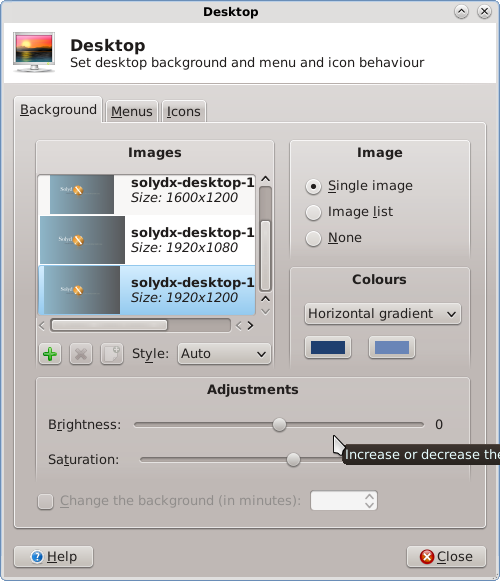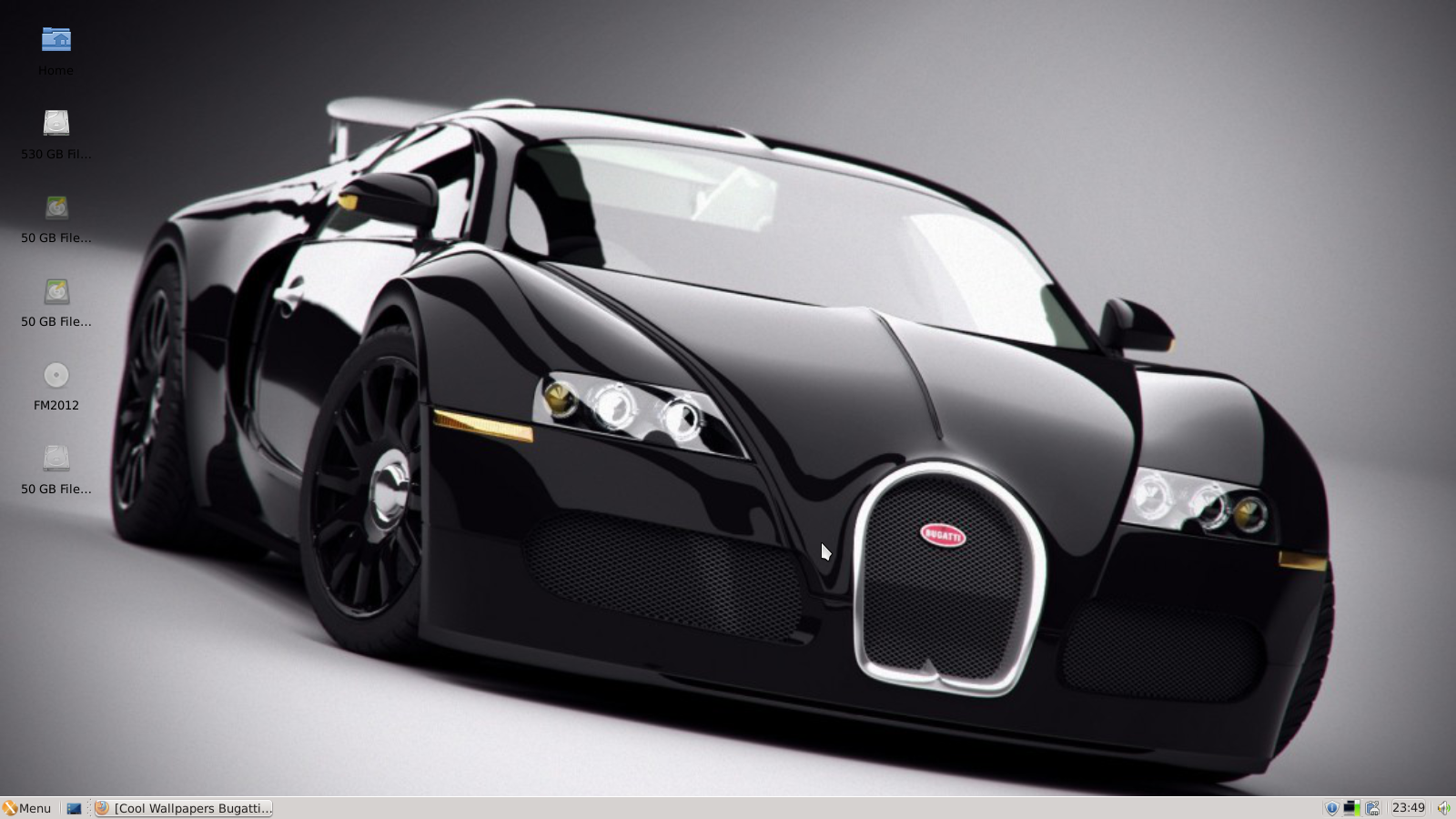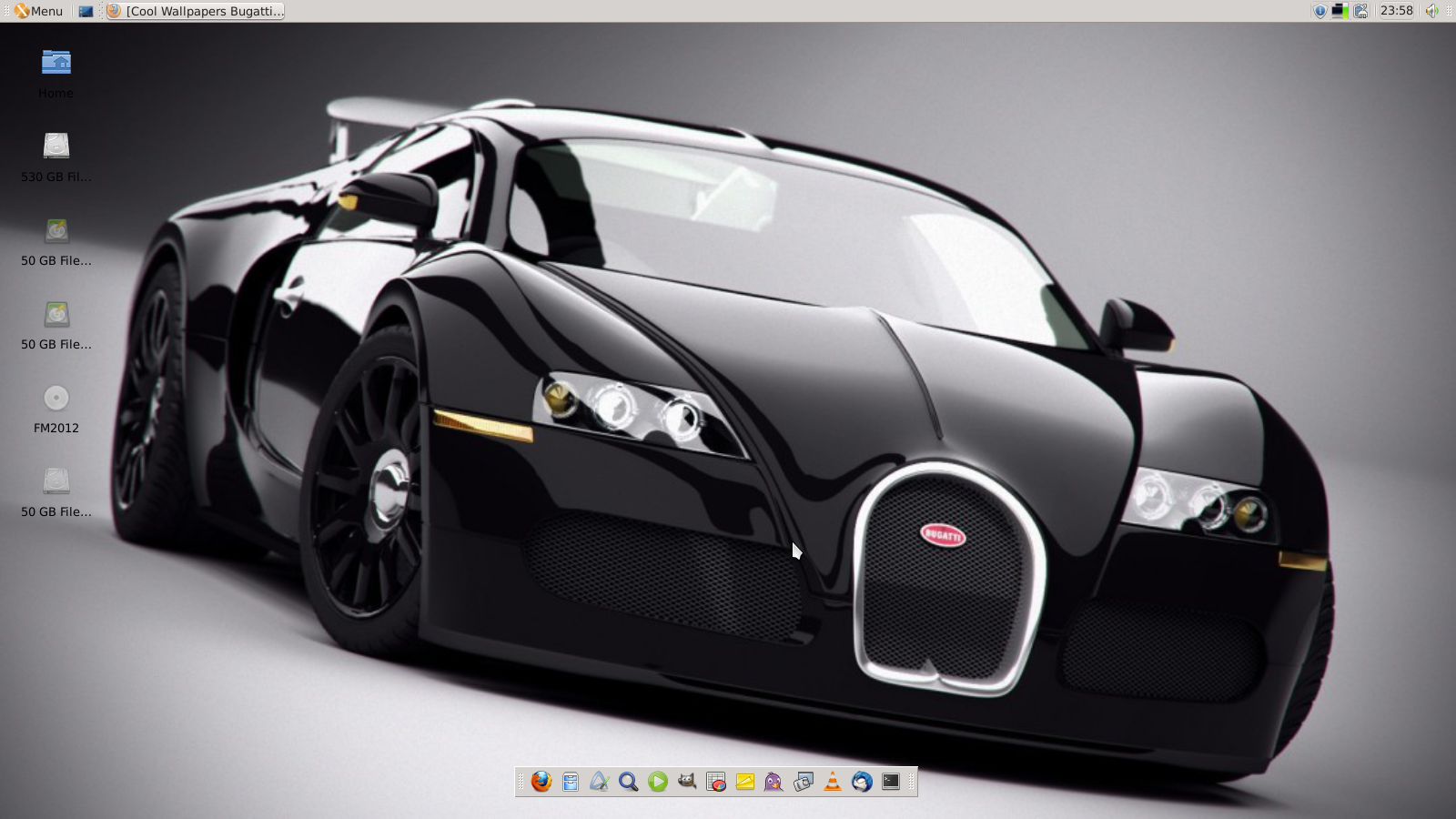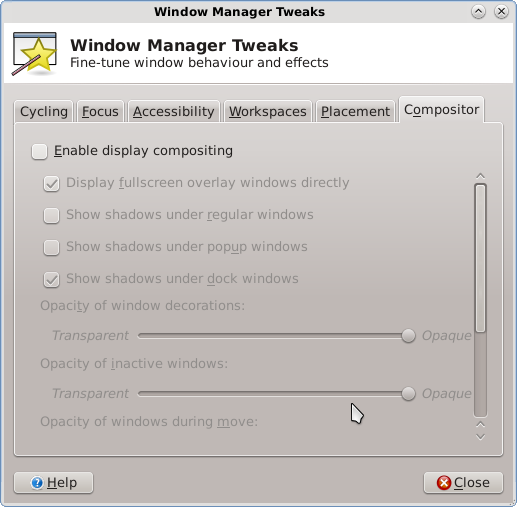Introduction
I have never reviewed
Mageia before and there is a reason for that. Mageia has always been my "Eleanor".
The "Eleanor" reference comes from the film "Gone in 60 seconds" and refers to the one car that Nicolas Cage cannot steal because something happens when he tries to do so.
Mageia has always given me that sort of a problem. I tried Mageia 1 and 2 without success and rather than write a bad review I decided to write nothing at all.
Mageia though appears to be one of the more popular distributions and I can't just go on in this fashion. Therefore I have installed it, tried it and now I am going to tell you about my experience.
Other people may well have a different experience to me but as I say, Mageia is my Eleanor.
This is a review of the Gnome version of Mageia 3.
Installation
The first thing that you need to note about Mageia is that you can't just use unetbootin to produce the USB drive.
However I tried all the ways listed on the Mageia site to produce a bootable USB drive and none of them worked. I even tried multiple USB drives in case one was faulty.
There was nothing doing. I kept getting to the Mageia loading screen and it just hung there.
I ended up therefore writing the Mageia image to a DVD, and this booted successfully.
I always do a few checks before installing such as checking the internet connectivity to make sure that I won't have issues after the full install.
The network icon on the Gnome panel showed no networks available. I fixed this but I will go into more detail about that in the "Connecting to the internet" section.
The general installation is fairly easy to follow. The usual options appear such as choosing language, timezone etc but the difficult bit (as usual) was the partitioning.
I have a fairly complicated partition setup whereby I have 5 partitions that I use for operating systems, a large data partition and a swap partition. Now I obviously did something wrong because after the install I lost the GRUB menu options for all my other operating systems.
Actually choosing which partition to use and how to format it was also fairly complicated.
I would recommend to anyone else installing Mageia to use gParted to do your partitioning first and then just choose the partitions you require when installing Mageia.
I am not confident that if I performed the same install again that I wouldn't mess it up again. Now some people might suggest that I am inept or incompetent but if you want average users to be able to do this then they will probably fall at the same hurdle.
I think if you wanted just to use the whole disk then it would be fine.
First impressions
Mageia comes with a pretty standard desktop. Panel at the top and a very open space underneath. I like this minimalistic view.
The first thing I noticed though was that when I pressed the super key to bring up the dash the background was completely black.
I have tried a number of things to change this background but I can't work out where to change it.
Changing the desktop background, however was quite easy.
Simply right
click on the desktop and choose "change desktop background".
There are 3 views available "Wallpapers", "Pictures" and "Colours".
There is only 1 wallpaper installed by default. (I installed via the live DVD, maybe there are more if you use the full Mageia download).
Everyone always ends up choosing their own image for their background anyway, don't they?
The Gnome desktop comes with a single panel at the top of the screen. On the left hand side of the panel is the "Activities" option which when clicked brings up a launch bar, search box and the open applications.
In the middle of the panel is the clock which can be synchronised with the Evolution email client to store scheduled tasks and meetings.
On the right hand side is a list of icons. From left to right the icons are for accessibility, language settings, audio, bluetooth, networking, power settings and user settings.
Connecting to the internet
Normally when connecting to the internet within Gnome I would select the network icon on the panel and a list of wireless networks will appear. With Mageia this doesn't happen.
What you have to do is open the network center application and then configure you networks within this application.
Setting up the networks in here is quite easy.
Simply choose whether you want to configure the ethernet connection or wireless connections.
If you are configuring wireless connections, choose the one you wish to configure and click "Configure".
From the configuration screen you can do 2 things.
Firstly you can enter the security settings for the network.
The other thing you can do is "Allow interface to be controlled by the Network Manager".
As soon as you do this the network icon starts working on the Gnome panel and not only that but all the other networks start appearing on the Gnome panel.
Flash and MP3
I read the documentation regarding Mageia and by all accounts Flash and MP3s were supposed to work straight away.
I can confirm that MP3s were perfectly fine but when I loaded Firefox and went to Youtube I received the missing plugin message.
To install the plugin I had to go to the package manager (rpmDrake) and install the flash-player-plugin.
Now this wasn't as easy as you might think and I will get to that in the "Installing applications" settings later on.
The flash-player-plugin causes a download of the Adobe Flash plugin and this has the desired effect.
Applications
I used the Mageia 3 Live DVD Gnome edition so there may not be as many applications as the full version but there is a decent selection on offer.
To see a list of the applications installed within Mageia press the super key and choose the bottom icon on the Gnome launch bar.
The following applications are installed:
Internet
- Ekiga Softphone - VOIP
- Empathy - Messaging
- Evolution - Email Client
- FireFox - Browser
- Remote Desktop
Office
- Digidoc - Electronically sign documents
- LibreOffice
Graphics
- The GIMP - Image editing
- Shotwell - Photo management
Sound and Video
- Cheese - Webcam viewer
- Rhythmbox - Audio
- Sound Juicer - Audio Extractor
- Totem - Video Player
- TVTime - Video Recording
Summary
On top of the above mentioned applications there are a number of standard tools such as partitioning tools, calculators, notepads and screenshot tools.
Installing Applications
To install other applications you have to use the "Software Management" tool (rpmDrake).
I first used this to try and install Flash but the Flash installer wasn't available in the repositories.
I also noticed that I couldn't install Chrome, Chromium and a number of other applications.
Under the options menu there is a media manager section.
As I mentioned previously I used the live DVD to install Mageia and because I did that there were only 2 repositories available which were the live DVD and live DVD updates.
To get a full list of repositories I had to remove the 2 DVD options from the list and then click the "Add" button. This had the effect of pulling in a large number of repositories.
Gnome
As this is the Gnome version I just wanted to cover a short section about Gnome.
Gnome 3 and Unity share common ground. The main difference is that in Unity the launcher is always shown whereas in Gnome the launcher only displays when you select the activities menu or press the super key.
Navigating Gnome is fairly simple, especially when you get used to the various key combinations.
The Gnome dash view has a launcher and either a list of open applications or if you select the applications icon, a list of installed applications.
From the open applications you can choose to use a different workspace by clicking on the panel on the right hand side.
What you will notice by default is that applications may open but they might not be maximised and you will notice the absence of a maximise button. Double clicking on the bar at the top of the application toggles the maximised state.
If you prefer a more traditional view you can use the Gnome Tweak tool.
You can adjust a lot of gnome settings using the tweak tool.
For example on the "desktop" view you can choose which icons appear on the desktop.
You can adjust icons, mouse settings, clock settings, themes and how windows react to mouse clicks.
To add maximise and minimise buttons to your applications select the "Shell" view and then change the value of "Arrangement of buttons on the titlebar" to "All".
Summary
Mageia and I don't get on very well.
Whilst Mageia certainly has it's good points, there are a number of things that just don't sit well with me.
The installer needs to be improved, especially with regards to partitioning and the Grub installer.
It would be handy to have the networks available from the network icon straight away as I had to go searching for it and somebody new to Linux might not know where to look.
The installer should include the list of repositories from the start. I shouldn't have to remove the live DVD repositories to trigger a download of the online repositories.
I also have no idea what is going on with the Gnome theme to make the dash background black. (Maybe somebody can point me in the right direction in the comments).
There are some good points. The choice of applications means that I can do most things as soon as I install the operating system. I have also received no crashes whilst using Mageia 3 and the notifications work well without being in your face.
The thing that bothers me is that Mageia is clearly so acceptable to so many which means there is something that I am missing. I would like to know why nobody else experienced the same issues as me.
Alas, once again, I don't think I will be sticking with Mageia 3... in fact I think it will be gone within 60 seconds.
Thankyou for reading.
How to get Mageia 3
